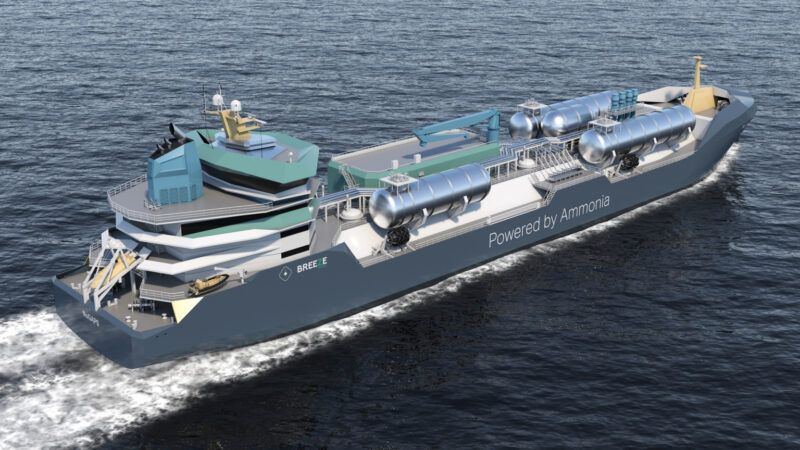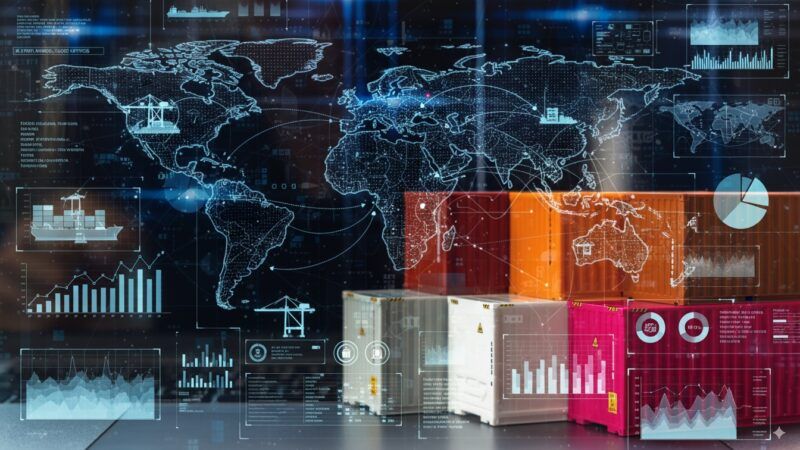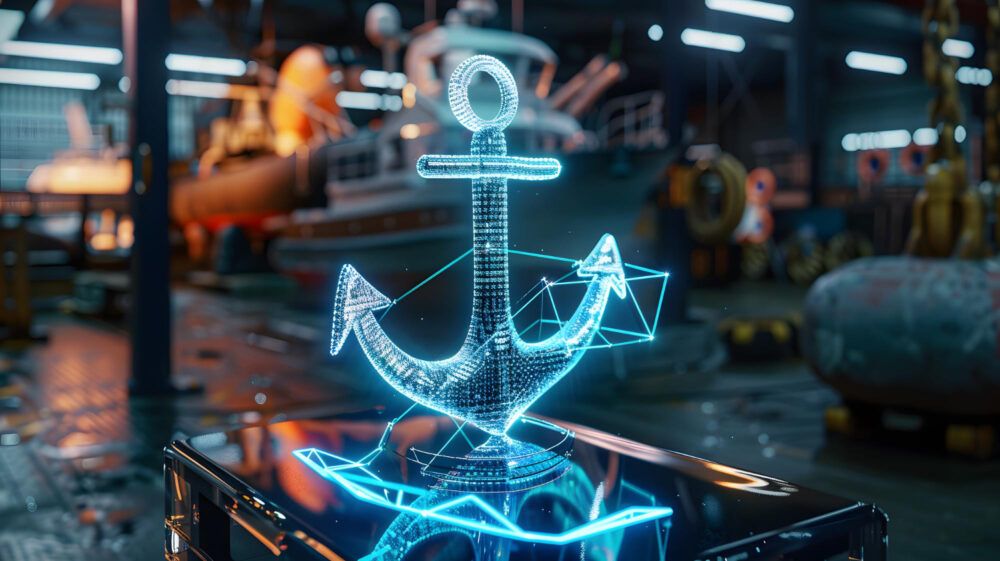
What projects shape the decarbonization of the maritime sector?
Optimizing ship design, opting for clean energy or sharing knowledge. A new report from the European Commission's Joint Research Centre analyzes more than 150 projects aimed at decarbonizing Europe's maritime sector, their objectives and the challenges to success.

Projects that drive change
The European maritime sector is taking firm steps towards greater sustainability, but efforts need to be stepped up to achieve the targets set.
According to the second edition of the European Maritime Transport Environmental Report, the main goals include reducing energy use, pollution levels and greenhouse gas emissions, as well as increasing biodiversity protection.
But what steps are being taken to achieve this, and which projects are making decarbonization and sustainability a reality in the European maritime sector? Another report, recently published by the European Commission's Joint Research Centre (JRC), answers these questions by analyzing 151 decarbonization projects funded by the EU with almost €1 billion. And it highlights the importance of technological innovation, improvements in operational measures and coordination to make a more sustainable maritime sector a reality.
More than a third of the projects analyzed in the report, entitled ‘Research and Innovation supporting the decarbonisation of the European Waterborne Sector’, focus on establishing technological improvements, linked to vehicle design or the development of alternative propulsion systems. Nearly 23% are aimed at establishing advances at the operational level and 9% at coordination, support and knowledge transfer.
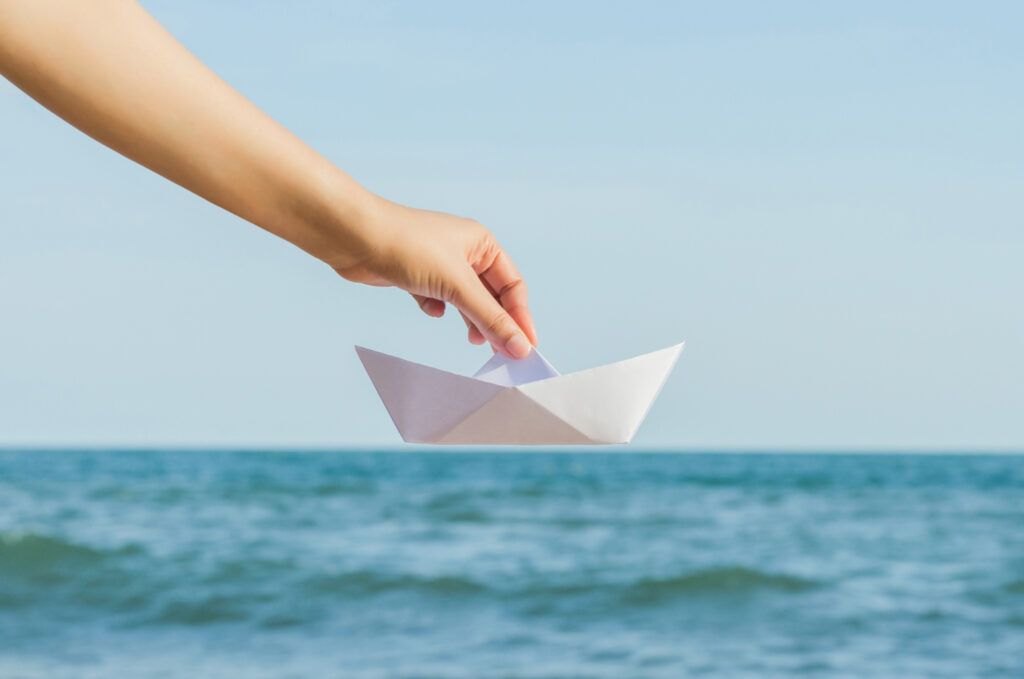
The key role of ship design
Innovating in the design of ships reduces their weight, their level of resistance when sailing and their energy consumption, which translates into a reduction in emissions. Therefore, introducing changes in both new and existing ships is one of the key aspects of research to improve the sustainability of the industry.
“Improved design does not introduce major systemic changes, so its implementation will have fewer barriers than other solutions, such as the adoption of low-emission fuels,” says Maurici Hervas, head of Energy Transition at the Port of Barcelona. In this sense, the report recommends shortening the risk assessment procedure and testing processes in order to accelerate the adoption of new innovative materials.
- One of the projects analyzed in the JRC study is FIBRE4YARDS, which seeks to introduce advanced production technologies already tested in other industries to shipyards to build modular ships.
- Another project is TRAM, which aims to develop a zero-emission passenger vessel through modular production. Today, the vessel resulting from the project, the Medstraum, runs a daily route in Stavanger (Norway). The following video explains what modular production is all about.
Alternative propulsion systems
Advances in recent years have made some alternative propulsion systems, such as wind-assisted propulsion, effective in reducing fuel consumption and greenhouse gas emissions. This, they note in the report, underscores their role in moving towards more sustainable shipping.
- Projects such as ORCELLE or OPTIWISE, focused on the development of systems to propel ships using wind energy, support this idea.
“The report names a large number of projects, some of which share solutions, which points to their feasibility,” Hervas notes. “In addition, savings from 10 to 50% are mentioned. These savings will depend on routes, traffic segments and fleet management, but everything points to these technologies having increasing market penetration, especially as Fuel EU or its IMO equivalent becomes more and more restrictive.”
However, there are also difficulties. As a barrier, adds the head of Energy Transition of the Port of Barcelona, there is the need to introduce changes in the way ships and fleets operate, which implies relevant systemic changes. The JRC also stresses the need to create regulatory frameworks to support these innovations.
“Certain bio-fuels and green methanol are the most mature alternative fuel solutions, despite being in the early commercial stage. The problem with bio-fuels is the limitation of raw materials and their high compatibility with current fuels, which make them attractive for sectors with a higher willingness to pay, such as aviation”.
Maurici Hervas, Head of Energy Transition at the Port of Barcelona.
Commitment to alternative energies
Leaving fossil fuels behind and opting for other, less polluting energies is another of the main commitments to make progress in decarbonization. However, the implementation of alternatives faces numerous challenges and the use of some environmentally harmful fuels continues to increase. Methane gas emissions from maritime transport, for example, have doubled between 2018 and 2023, according to the 'European Maritime Transport Environmental Report'.
The projects analyzed in the JRC report focus mainly on the use of ammonia, bio-fuels, hydrogen, methanol and electrification.
“At the development level, certain bio-fuels and green methanol are the most mature, even though they are at the beginning of the commercial stage,” explains Hervas. “The problem with bio-fuels is the limitation of raw materials and their high compatibility with current fuels, which makes them attractive for sectors with a higher willingness to pay, such as aviation.
Electrification, Hervas adds, is one of the big question marks. “It will have its place on short-sea shipping, and the range could see an increase as electricity storage options exceed expectations. In addition, the implementation of energy efficiency measures can contribute to the expansion of the set of routes where electrification technologies could be adopted,” he explains.
In recent months there have been interesting proposals in the field of electrification. One of them is the project launched by Balearia, which aims to build two 100% electric ferries to operate the first green corridor between Spain and Morocco.
Each boat will have an electric power of 16 MW, thanks to electric propulsion powered by batteries that will allow them to make the entire crossing between Tarifa and Tangier with zero emissions. These batteries will be able to be charged during port calls, which last one hour. The two ships are expected to be operational in 2027.
In turn, according to Hervas, hydrogen without being processed into ammonia or methanol may have its market, but it will be limited by electrification in the short or small tonnage segments, and by its derivatives in the longer segments. The HySeas III project, for example, is one of many focused on realizing a ferry capable of running on hydrogen produced from renewable sources.
In Spain, the SUPORTproject (carried out by IREC together with Aigües de Barcelona and the Port of Barcelona) seeks to develop a prototype system to generate synthetic marine fuels from matter from wastewater treatment plants.
“By integrating the entire chain, an economical and circular option to contribute to emission-neutral energy supply can be validated,” Hervas highlights.
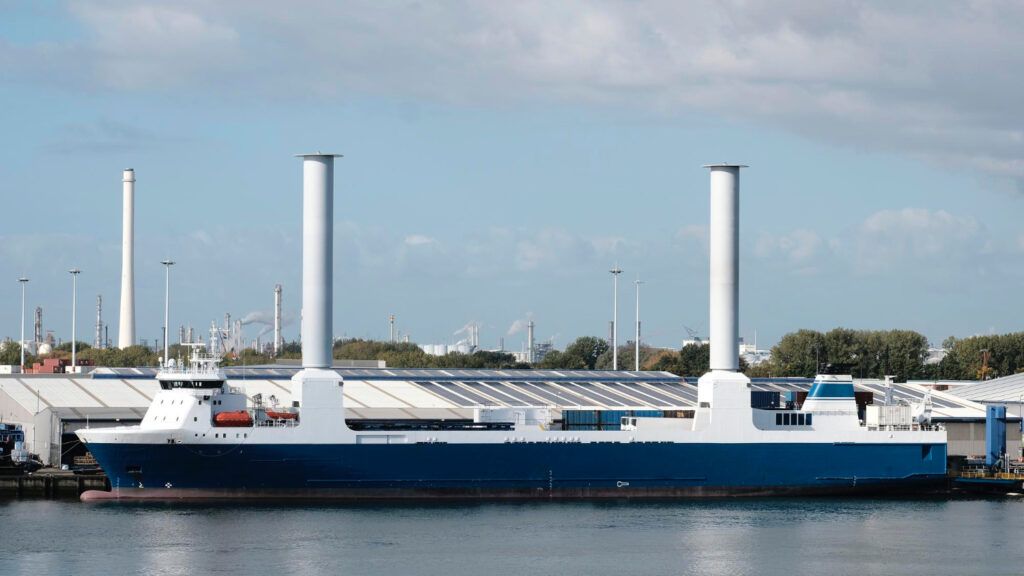
Digitization and operational measures
Digitalization has the ability to improve both operational efficiency and sustainability. The use of artificial intelligence, digital twins, blockchain , big data and other technological solutions can have great value in achieving decarbonization, as highlighted by projects such as Next Gen Bluetech or VesselAI.
“Digitalization has a relevant role, for example, to boost electrification and the adoption of wind propulsion. Being able to optimize routes, incorporating weather forecast data, ship consumption and coordination with ports, will maximize the savings of these technologies,” adds Hervas.
Optimizing operational measures also plays a key role in achieving decarbonization and efficiency. For example, improving route design can reduce fuel consumption and, with it, CO2 emissions.
Some projects, such as Circles of Life, focus on other objectives, such as promoting the circular economy throughout the life cycle of vessels.
Coordination for knowledge sharing
Sharing knowledge, experience and know-how is essential to ensure that the lessons learned from the 151 projects analyzed by JRC (and many others) have a real impact on decarbonization.
“It is one of the points reflected in the Draghi report, which shows that collaboration is essential to be competitive and also to achieve climate change mitigation ambitions on time,” says Hervas.
- “Pioneers is a project that seeks to develop 19 solutions, maximize the transferability of these between European ports and develop a model green port plan that accelerates the adoption of environmental sustainability strategies in the European port cluster,” he exemplifies.
- “Another example is Green Marine Med, a European project in which the Port of Barcelona participates to consolidate current sustainable shipping knowledge, characterize the situation in the Mediterranean, promote knowledge through training, establish an observatory of technologies and solutions and found a center of excellence for sustainable shipping.”
“The competitiveness of the economy and supply chain cannot be taken lightly, as they have a profound social impact. If risks are not taken or cost increases are assumed across the globe, it will be very difficult for companies and governments to take the plunge and adopt or establish stricter regulations,” warns the head of Energy Transition at the Port of Barcelona.
Challenges and objectives for the future
One of the main conclusions of the JRC report is that, although significant progress is being made, there is still a long way to go if we are to achieve the decarbonization targets set by the EU and IMO for 2050. There is a need to speed up the testing and introduction of new technologies, create regulatory frameworks and increase public funding, among other actions.
“A lot of resources are being allocated and a lot of work is being done, with a lot of will and commitment from a large number of professionals, but unfortunately research, commercialization and adoption of new services and solutions are very complex actions and intimately linked to economic repercussions,” Hervas points out.
“The competitiveness of the economy and supply chain cannot be taken lightly, as they have a profound social impact. If risks are not taken or cost increases are assumed across the globe, it will be very difficult for companies and governments to take the plunge and adopt or establish stricter regulations,” warns the head of Energy Transition at the Port of Barcelona.



